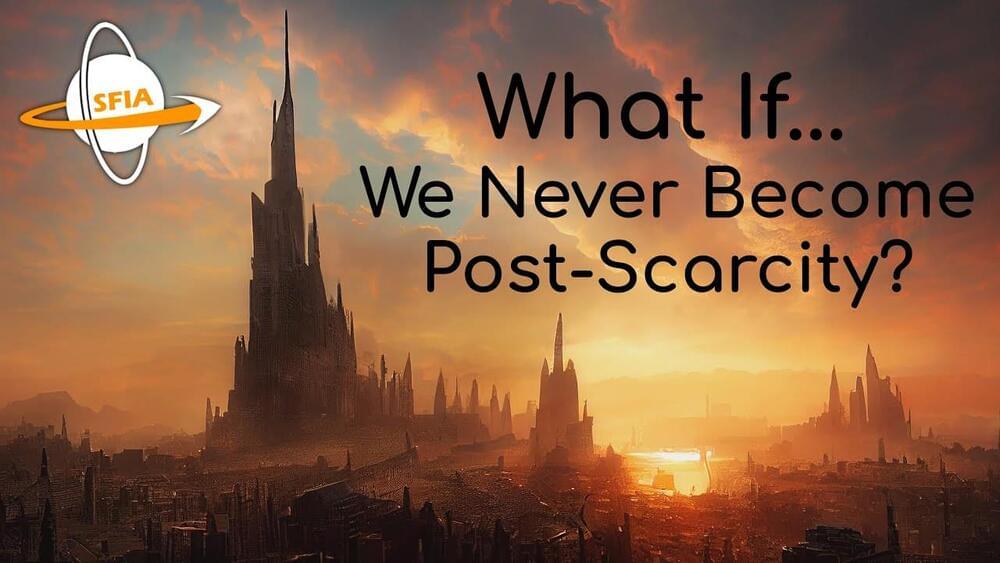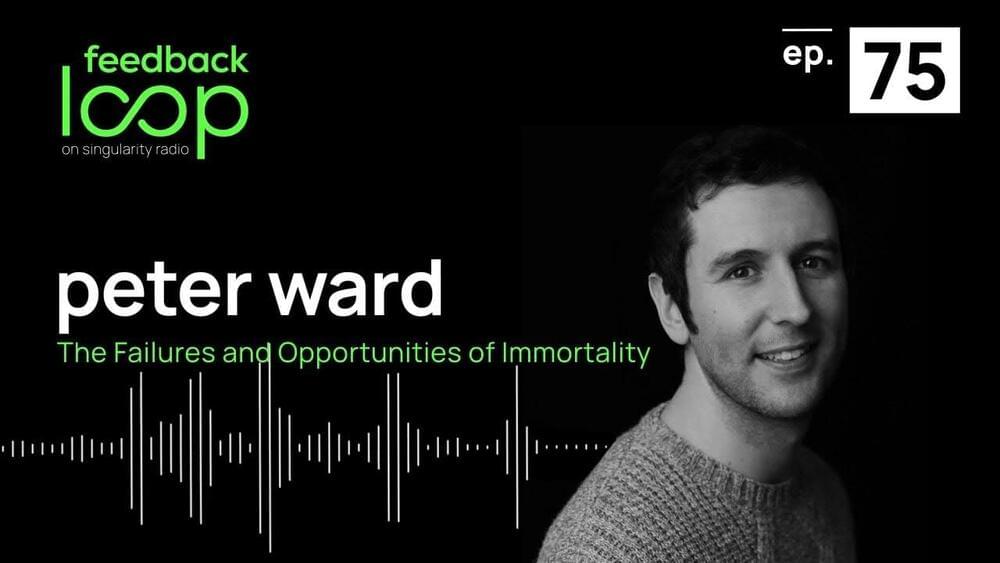Experience the beauty of AI-generated creativity with “Fantasy Lost,” an original composition by Raymond Miller. Witness the power of Artificial Intelligence as it “humanizes” the performance, bringing a unique and compelling twist. Accompanied by artwork of beautiful Tolkienesque elven women rendered by Stable Diffusion 2.1 and a helpful scrolling score and lighted keyboard for anyone who wishes to play the piece, this video is a short jaunt through an otherworldly musical and visual odyssey. Join us at Creative AI channel and explore the endless possibilities of AI in art and music.









